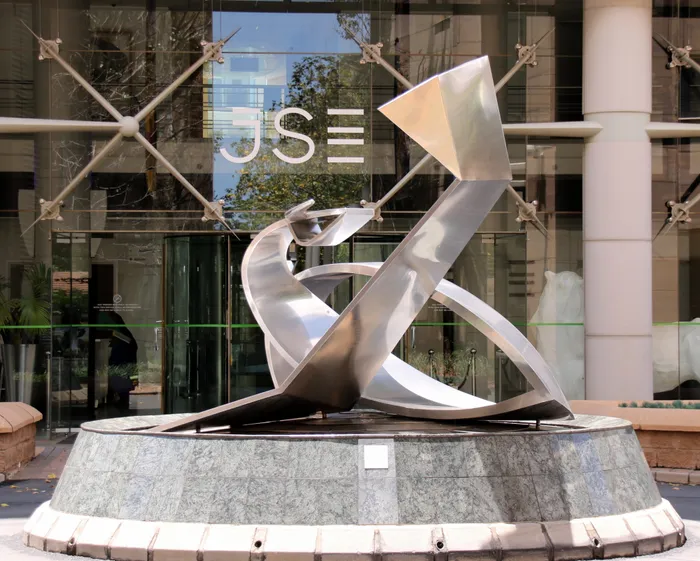South Africa's markets on edge amid Middle East tensions and Fed uncertainty
MARKETS

The JSE All Share Index fell 0.7% to 94 695 by 4pm while the rand was weak and traded above the R18.80-mark against the US dollar.
Image: Supplied
South Africa's markets faced a turbulent day on Tuesday as they traded on the backfoot, grappling with the ongoing hostilities in the Middle East and uncertainty surrounding the US Federal Open Markets Committee’s (FOMC) upcoming decision on interest rates.
The JSE All Share Index fell 0.7% to 94 695 by 4pm while the rand was weak and traded above the R18.80-mark against the US dollar after reaching R17.70/$1 as the severe escalation in the conflict in the Middle East has increased market risk aversion.
Stocks such as Karooooo, Assura and Harmony Gold saw the most declines, falling 4.55%, 4% and 3.3%, respectively.
However, the marked US dollar weakness of the second quarter continued to persist amid heightened volatility.
The escalation of conflict in the region reached new peaks following a stark warning from US President Donald Trump, who urged Iranians to evacuate Tehran. This statement has intensified fears regarding a possible escalation in the Iran-Israel conflict, contributing to an anxious trading atmosphere.
According to reports, Iran has threatened to execute what it claims will be the largest ballistic missile assault on Israel within the next few days, in response to Israel's military targeting of its governmental facilities.
A key concern is potential disruption to the Strait of Hormuz, a critical chokepoint through which about 18–19 million barrels per day, or roughly 20% of global oil consumption, passes.
Oil prices remain supported by the ongoing turmoil, while gold continues to attract safe-haven flows. The oil price jumped to $74 (R1 318) per barrel on the intensification of the war in the Middle East after dipping to $60 per barrel last month.
On average for the month to date the oil price is higher but counterbalanced by rand strength against the US dollar. Gold climbed above $3 390 per ounce on Tuesday, extending gains as escalating tensions in the Middle East boosted demand for safe-haven assets.
The rand strength against the US dollar is currently overshadowing the impact of the jump in the oil price, with a very small cut in the oil price signalled, although further escalation in the international oil price would wipe this out.
Investec chief economist, Annabel Bishop, said the US dollar’s weakness has been driven by the volatility in US policy, particularly on trade, as the US has hiked tariffs steeply on countries worldwide then paused, or rolled them back, creating uncertainty over the US economy and global growth.
“While the rand has gained against US dollar weakness, it is still weaker against the euro and pound this quarter as risk aversion elevated,” Bishop said.
“With concerns that the war in the Middle-East will last for weeks not days as some had hoped, financial market sentiment has become risk averse, but the US dollar remains suppressed, only seeing a very slight lessening in weakness.
“The rand has consequently only seen very modest weakness against the US dollar compared to last week, with most of the movement coming from the rand against the crosses.”
Meanwhile, the anticipation surrounding the FOMC meeting on Wednesday has added another layer to the uncertainties.
Analysts expect that the committee will maintain its current interest rates in light of the ongoing tariff uncertainty. Traders will be keenly awaiting Fed Chair Jerome Powell's press briefing following the meeting, looking for insights into the future trajectory of US monetary policy.
The FOMC meeting is also expected to see core focus on the impacts of US trade policy on the US economy, and expectations around the effect on inflation, with new projections on GDP and inflation measures, which could impact markets.
BUSINESS REPORT